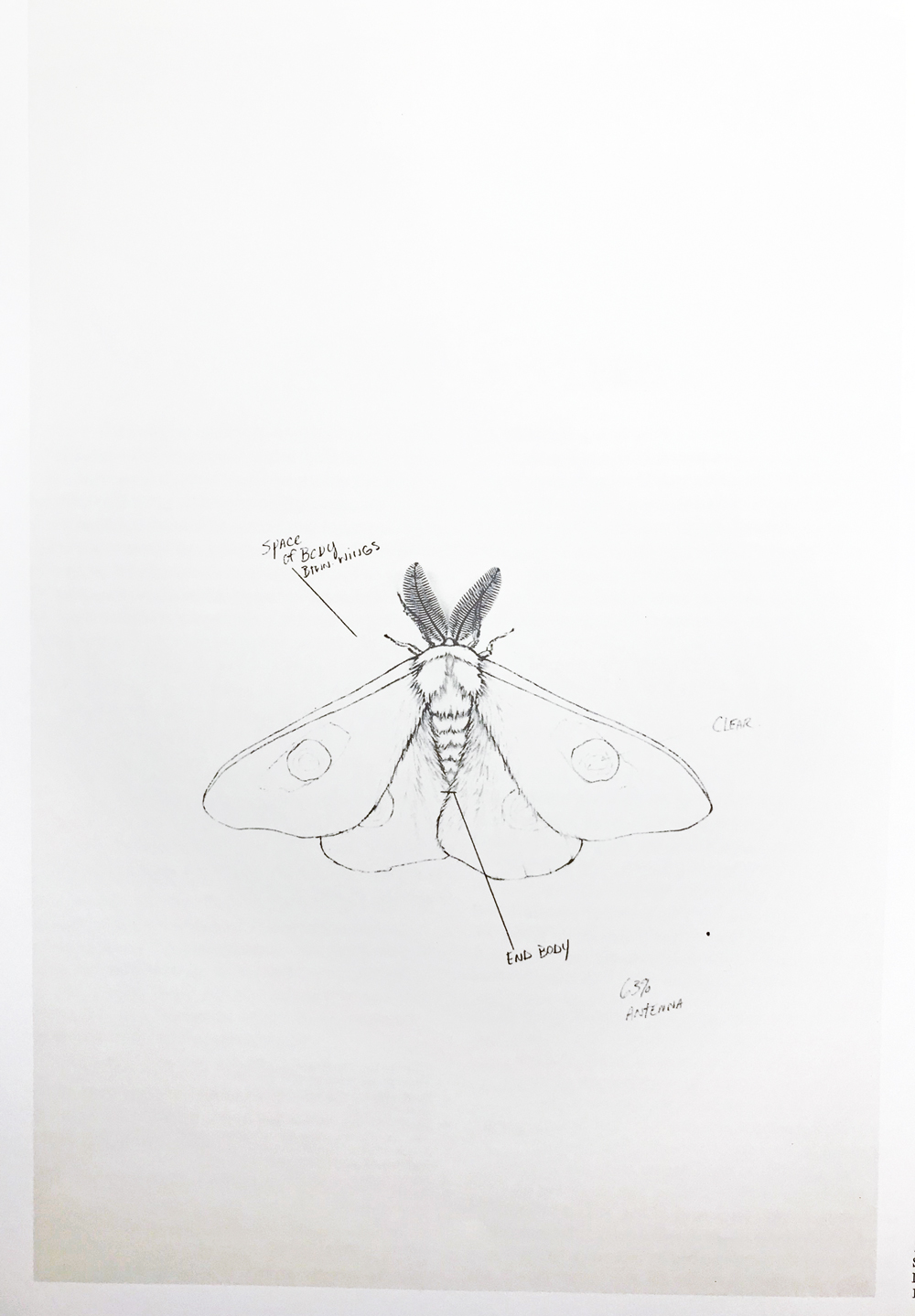In this exercise, I aimed to express feelings by drawings marks on A3 paper sheets using different materials. My experience in graphic design aided my understanding of how composition, the velocity of the lines and their direction are connected to expressing emotion.
Calm
Figure 1: Calm. Materials used from left to right: ink, charcoal stick, charcoal vine, pencil.
One of the thoughts that can bring calm for me is to visualise holding my sleeping children. I put some calming cinematic music and started drawing nonrepresentational images (Figure 1). I noticed that the lines were light, mostly long and floating, diagonal or horizontal with plenty of white space around. With the ink, I enjoyed painting with a wet and dry brush. With the charcoal, I used often the side of the stick. The charcoal vine was also enjoyable and smeared easily with my fingers to create hazy, soft lines. With the pencil, I was tempted to work in more detail and create organic circular lines.
Joy
Figure 2: Joy. Materials used from left to right: ink, charcoal stick, charcoal vine, pencil.
To get in the Joyful space of mind, I put some uplifting pop music. I noticed that I often made short, energetic strokes and outbursts of marks with upward direction (Figure 2). The pace of drawing was fast, and I exerted more pressure on the tools.
Anger
Figure 3: Anger. Materials used from left to right: ink, charcoal stick, charcoal vine, pencil.
For me anger means vicious cycle of thoughts that get darker and darker the more I dwell on what made me mad. My angry drawings (Figure 3) feature circular bold lines, dark value on the paper, hard pressure on the materials.
Fear
Figure 4: Fear. Materials used from left to right: ink, charcoal stick, charcoal vine, pencil.
The last emotion I wanted to experiment with was Fear. This was the trickiest feeling to depict. When I am scared I either run or freeze in one place. The ink painting have scattered lines representing mental frenzy and escape (Figure 4). The other three artworks have a more static composition, contained in the vertical centre of the canvas. While horizontal lines can be perceived as calm, here the vertical symmetrical composition expresses the fearful frozen state that is full of energy but static at the same time.










